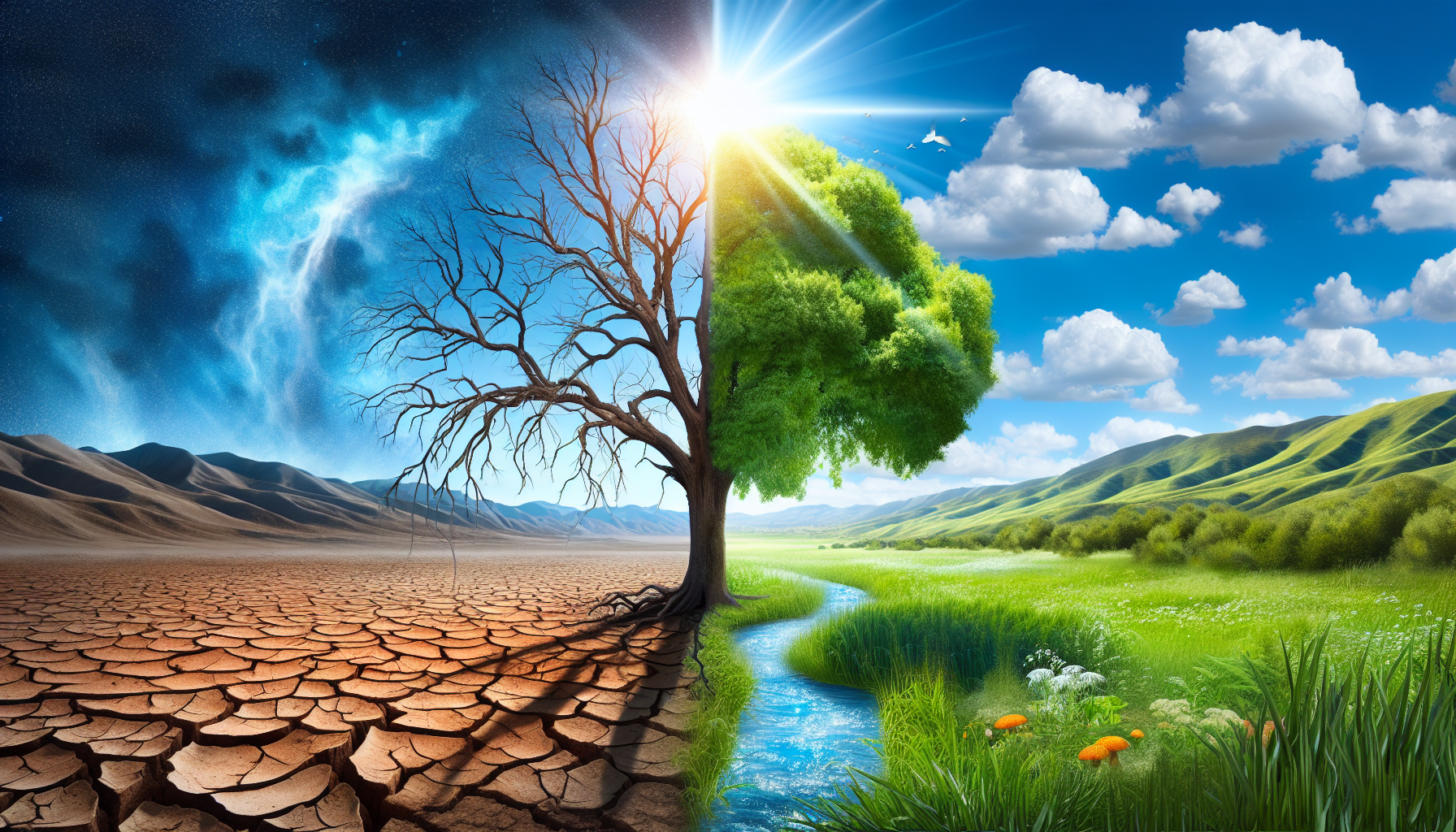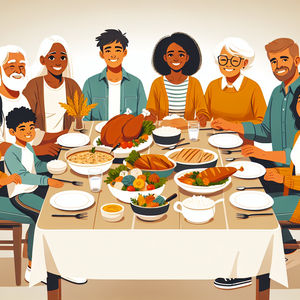The Goo-ology of Popular Culture: Slimy Symbols in Movies and TV

Goo first became a notable trope in the realm of children's programming, where it often appears as a humorous element. Iconic examples include the green slime that erupts from various characters in shows like "Ghostbusters" and "Teenage Mutant Ninja Turtles." This goo often evokes laughter and delight, creating a playful atmosphere that resonates with younger audiences. The use of slime can be seen as a metaphor for childhood itself—a time of messiness, exploration, and the freedom to experiment. For children, goo represents creativity and the joy of play, making it a staple of animated series and family-friendly films. Conversely, goo takes on a darker tone in horror and sci-fi genres. Films like "The Blob" and "Slime City" present goo as a terrifying entity, embodying the unknown and the uncontrollable. The transformation from playful to menacing illustrates the duality of goo as a symbol. In this context, it can evoke feelings of fear and disgust, representing the chaos that lurks beneath the surface of everyday life. In horror narratives, goo serves as a device to explore themes of vulnerability, often highlighting the fragility of human existence when faced with uncontrollable forces.
Cultural Significance of Goo in Storytelling
The cultural significance of goo extends beyond mere aesthetics. In many narratives, goo symbolizes the blurring of boundaries—between organic and inorganic, living and non-living. For instance, in "Ghostbusters II," the pink slime is not just a physical substance; it represents the collective negativity of New York City, manifesting in gooey form. This narrative device illustrates how emotions and societal issues can coalesce into a tangible entity, allowing audiences to confront these themes in a visceral way. Moreover, goo often serves as a catalyst for character development. In "The Goonies," the characters’ encounters with various gooey traps and obstacles symbolize their growth and resilience. The messy experiences they endure together forge deeper connections and highlight the importance of friendship. Thus, goo can act as a narrative tool to convey growth, unity, and the human experience.
Goo as a Reflection of Society
The portrayal of goo in popular culture also reflects societal attitudes and fears. In an age characterized by rapid advancements in biotechnology and environmental concerns, goo can symbolize the consequences of unchecked scientific experimentation. Movies like "The Fly" showcase the transformation of the human body into a gooey, monstrous form, serving as a cautionary tale about the ethical implications of genetic manipulation. Here, goo signifies the fear of losing control over technology and nature, resonating with contemporary anxieties about scientific advancements. Furthermore, goo has become a representation of social movements. The rise of slime-themed content on social media platforms, including DIY slime videos, showcases the transition of goo from a niche concept to a cultural phenomenon. These videos reflect a collective desire for tactile and sensory engagement, emphasizing the importance of play and creativity in a digitally dominated world. This shift highlights how goo continues to evolve as a symbol, adapting to the changing dynamics of society.
From its playful representation in children's programming to its darker connotations in horror films, goo occupies a unique space in popular culture. Its multifaceted symbolism allows it to serve as a narrative device that reflects societal fears, cultural values, and the complexity of the human experience. As audiences continue to engage with goo in various media forms, its presence will undoubtedly remain a powerful tool for storytellers. By examining the goo-ology of popular culture, we can better understand how these slimy symbols resonate on both personal and societal levels, allowing us to appreciate the deeper meanings behind the goo that permeates our screens. In a world that often feels chaotic and unpredictable, goo serves as a reminder of the beauty and messiness of life, inviting us to confront our fears while celebrating the joy of creativity and connection.
Special Effects Artist
Major film studios (e.g., Warner Bros., Universal Pictures), independent film productions, TV networks
Core Responsibilities
Design and create realistic special effects using practical and digital techniques for film and television.
Collaborate with directors and producers to develop creative concepts that effectively convey the desired emotional impact.
Manage the production of physical effects, including slime and goo effects, ensuring they align with safety and aesthetic standards.
Required Skills
Proficiency in sculpting and mold-making, as well as a strong understanding of materials (e.g., latex, silicone).
Experience with software such as Adobe After Effects and Blender for creating digital effects.
Strong attention to detail and the ability to work under tight deadlines.
Cultural Critic (Pop Culture Analyst)
Online publications, academic institutions, media companies
Core Responsibilities
Analyze and critique representations of cultural symbols, such as goo, in various media forms.
Write articles and essays that explore the significance of these symbols in relation to societal trends and issues.
Engage with audiences through public speaking or panel discussions about cultural interpretations and their implications.
Required Skills
Strong writing and communication skills with a background in cultural studies or media analysis.
Ability to conduct thorough research and synthesize complex ideas into accessible formats.
Familiarity with current pop culture trends and historical context.
Production Designer
Film and television production companies, theater companies
Core Responsibilities
Oversee the visual concept of a film or TV show, including the design and creation of sets that may involve goo-related themes or environments.
Collaborate with directors, cinematographers, and other departments to ensure a cohesive aesthetic vision.
Manage budgets and coordinate with various teams to bring imaginative worlds to life.
Required Skills
Strong artistic vision and experience in set design and construction.
Proficiency in design software such as SketchUp or AutoCAD.
Excellent project management and organizational skills.
Environmental Scientist (Biotechnology Focus)
Environmental consulting firms, governmental agencies, research institutions
Core Responsibilities
Conduct research on the environmental impacts of biotechnology, including studies on materials that could resemble gooey substances.
Analyze data to assess risks associated with genetic manipulation and its implications for ecosystems.
Collaborate with regulatory agencies to develop guidelines for safe biotechnological practices.
Required Skills
Strong background in environmental science, biology, or a related field, with a focus on biotechnology.
Proficiency in statistical analysis and data interpretation.
Excellent problem-solving skills and the ability to communicate complex scientific concepts to non-experts.
Digital Content Creator (Slime and DIY Specialist)
Independent content creators, social media influencers, educational platforms
Core Responsibilities
Create engaging video content focused on slime-making, DIY projects, and other tactile, goo-related activities for social media platforms.
Develop tutorials that emphasize creativity, play, and sensory engagement, appealing to a broad audience including children and parents.
Collaborate with brands for sponsored content or product placements related to slime and crafting.
Required Skills
Strong video editing and production skills, familiar with platforms like YouTube and TikTok.
Creative flair and a passion for crafting and interactive content.
Ability to engage with audiences and build a community around shared interests.


